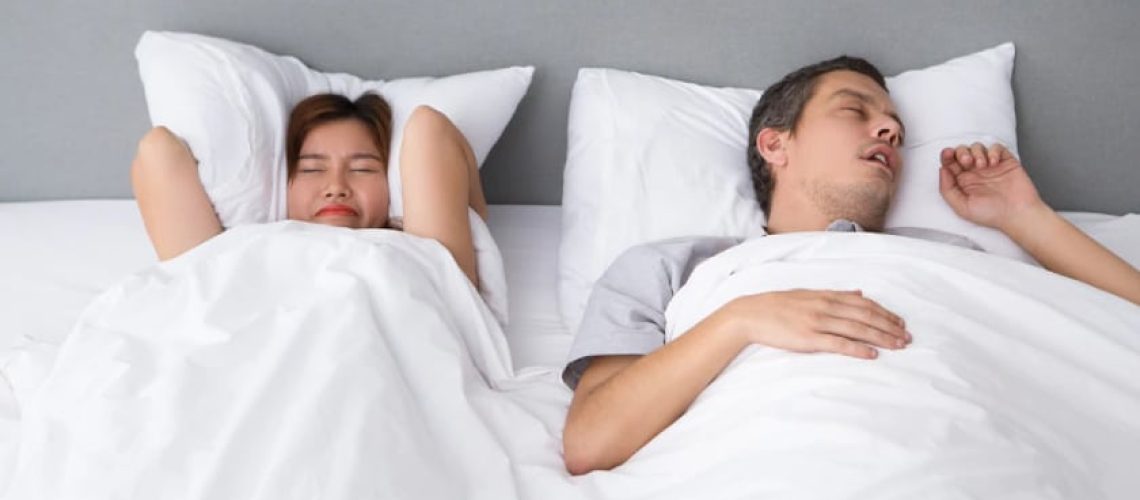Sleep apnea is a common medical condition that requires proper treatment and management. Sleep apnea in Oak Park affects thousands of people every year, resulting in disturbed sleep patterns, daytime fatigue, and other related issues. This article will provide an overview of this condition and how to treat it.
Sleep Apnea is a serious sleep disorder that is characterized by pauses in breathing during sleep. Sleep apnea in Oak Park affects thousands of people every year, leading to disrupted sleep patterns and day-time fatigue. Sleep apnea can have serious health consequences if left untreated. This article will provide an overview of the condition and explain how it can be managed or treated.
What is Sleep Apnea?
Sleep apnea is a sleep disorder that is characterized by pauses in breathing during sleep. The pauses can last for up to 10 seconds, and occur multiple times throughout the night. Sleep apnea results in poor quality of sleep, which leads to daytime fatigue, irritability, and other health problems. Sleep apnea is classified as either Obstructive Sleep Apnea (OSA) or Central Sleep Apnea (CSA). OSA occurs when the soft tissues at the back of the throat collapse and block the airway. CSA, on the other hand, is caused by improper signals from the brain that do not allow the muscles to contract and relax correctly.
- Symptoms of Sleep Apnea
- Diagnosis & Treatment of Sleep Apnea
- Prevention Strategies for Sleep Apnea
Symptoms of Sleep Apnea
The most common symptoms of sleep apnea are snoring, pauses in breathing during sleep, and daytime fatigue. Other symptoms may include morning headaches, insomnia, irritability, depression, memory problems, and difficulty concentrating. Sleep apnea can also lead to more serious health conditions such as high blood pressure and stroke.
Diagnosis & Treatment of Sleep Apnea
Sleep apnea is diagnosed with a sleep study and/or physical exam. Sleep studies are conducted in a laboratory setting, and involve monitoring the patient for several hours during sleep. A physical exam can also be used to diagnose sleep apnea by examining the mouth, throat, chest, and neck for abnormalities. Once diagnosed, there are several treatment options available for sleep apnea. These include lifestyle changes such as avoiding alcohol and caffeine, quitting smoking, exercising regularly, and maintaining a healthy weight. Sleep apnea can also be treated with the use of continuous positive airway pressure (CPAP) machines or oral appliances. Surgery may also be used to treat sleep apnea in some cases.
Prevention Strategies for Sleep Apnea
The best way to prevent sleep apnea is to practice healthy habits and maintain a healthy weight. It’s also important to avoid alcohol, caffeine, and smoking before bed. Avoiding sleeping pills can also help reduce the risk of sleep apnea because they can relax the throat muscles and make it harder to breathe during sleep. Additionally, avoiding sleeping on your back can help reduce the risk of sleep apnea.
Sleep apnea is a serious sleep disorder that affects thousands of people every year in Oak Park. Sleep apnea can cause daytime fatigue and other health problems if left untreated. Treatment options include lifestyle changes such as avoiding alcohol and caffeine, quitting smoking, exercising regularly, and maintaining a healthy weight. Sleep apnea can also be treated with the use of CPAP machines or oral appliances. Surgery may also be used to treat sleep apnea in some cases. The best way to prevent sleep apnea is to practice healthy habits and maintain a healthy weight.
FAQs
-
What are the symptoms of Sleep Apnea?
The most common symptoms of sleep apnea are snoring, pauses in breathing during sleep, and daytime fatigue. Other symptoms may include morning headaches, insomnia, irritability, depression, memory problems, and difficulty concentrating.
-
How is Sleep Apnea diagnosed?
Sleep apnea is typically diagnosed with a sleep study and/or physical exam. Sleep studies are conducted in a laboratory setting, and involve monitoring the patient for several hours during sleep. A physical exam can also be used to diagnose sleep apnea by examining the mouth, throat, chest, and neck for abnormalities.
-
What are some prevention strategies for Sleep Apnea?
The best way to prevent sleep apnea is to practice healthy habits and maintain a healthy weight. It’s also important to avoid alcohol, caffeine, and smoking before bed. Avoiding sleeping on your back can also help reduce the risk of sleep apnea.

